WWII History and Iceland Adventure
Today we put Paris behind us. It was nice to see all of the landmarks, buildings and memorials that we had heard about in person but honestly, we have no plans to ever go back. We really did not enjoy the crowds, traffic or pollution and were extremely fortunate that we were only mildly inconvenienced by the massive strikes that are going on right now.
We left early and made our way to Bastogne. We both have been really looking forward to this part of the trip because of its significance during WWII. The 101st Airborne, specifically Easy Company are heroes in this part of the world. They were part of Operation Overlord and parachuted into France at Normandy on D Day and eventually wound up here in Southern Belgium defending and helping to liberate Belgium after Paris was finally taken back from the Nazi regime. We have had many wars fought on our soil at home in the U.S. but they were long ago and fought in a very different way. Many of the people here still remember the fierce fighting that happened less than 75 years ago. War fought with aerial bombing was a different sort all together. Building were leveled, roads made impassible; food and fuel sources were scarce. It is difficult to imagine what the soldiers and the people who lived here felt in the middle of this chaos.
Today we got a little look inside of Bastogne and the Battle of the Bulge. After a 4 hour drive we arrived at the Bastogne Memorial and War Museum. This museum is very well done with audio throughout the visit. It was “narrated” by an American Soldier, a German Soldier, a Belgian School Teacher (Resistance Member), and a Belgian school boy whose parents owned a bicycle shop.
These were based on real people and really helped to give some perspective from all sides. As we looked through the exhibits and read much of the history that we had read about, the human perspective put a whole new slant on things. The soldier that learned he lost his brother who was fighting in the Pacific, the widower who was killed in a bombing along with 7 of his 8 children. The last wasn’t home at the time. We were really affected by the presence of a Sherman tank with a huge hole in one side of its 2 inch thick armor and a big pointed outward dent on the opposite side, obviously from the ordinance that took it out.
It is hard to know but there seems little way that those inside could have survived.
Outside of the Museum is an enormous Memorial that is dedicated to all of the American Troops who participated in the war and liberation. It is a massive 5 pointed star structure that is 40 feet high. After climbing the winding staircase to the top you can see relief maps pointing in the direction of view showing the battle fields, troop positions and artillery locations. The Memorial was constructed in 1950, not long after the war really.
Imagine How They Felt!!!!
Bastigne, Belgium Maaschricht, Netherlands
Today we put Paris behind us. It was nice to see all of the landmarks, buildings and memorials that we had heard about in person but honestly, we have no plans to ever go back. We really did not enjoy the crowds, traffic or pollution and were extremely fortunate that we were only mildly inconvenienced by the massive strikes that are going on right now.
We left early and made our way to Bastogne. We both have been really looking forward to this part of the trip because of its significance during WWII. The 101st Airborne, specifically Easy Company are heroes in this part of the world. They were part of Operation Overlord and parachuted into France at Normandy on D Day and eventually wound up here in Southern Belgium defending and helping to liberate Belgium after Paris was finally taken back from the Nazi regime. We have had many wars fought on our soil at home in the U.S. but they were long ago and fought in a very different way. Many of the people here still remember the fierce fighting that happened less than 75 years ago. War fought with aerial bombing was a different sort all together. Building were leveled, roads made impassible; food and fuel sources were scarce. It is difficult to imagine what the soldiers and the people who lived here felt in the middle of this chaos.
Today we got a little look inside of Bastogne and the Battle of the Bulge. After a 4 hour drive we arrived at the Bastogne Memorial and War Museum. This museum is very well done with audio throughout the visit. It was “narrated” by an American Soldier, a German Soldier, a Belgian School Teacher (Resistance Member), and a Belgian school boy whose parents owned a bicycle shop.
These were based on real people and really helped to give some perspective from all sides. As we looked through the exhibits and read much of the history that we had read about, the human perspective put a whole new slant on things. The soldier that learned he lost his brother who was fighting in the Pacific, the widower who was killed in a bombing along with 7 of his 8 children. The last wasn’t home at the time. We were really affected by the presence of a Sherman tank with a huge hole in one side of its 2 inch thick armor and a big pointed outward dent on the opposite side, obviously from the ordinance that took it out.
It is hard to know but there seems little way that those inside could have survived.
Outside of the Museum is an enormous Memorial that is dedicated to all of the American Troops who participated in the war and liberation. It is a massive 5 pointed star structure that is 40 feet high. After climbing the winding staircase to the top you can see relief maps pointing in the direction of view showing the battle fields, troop positions and artillery locations. The Memorial was constructed in 1950, not long after the war really.
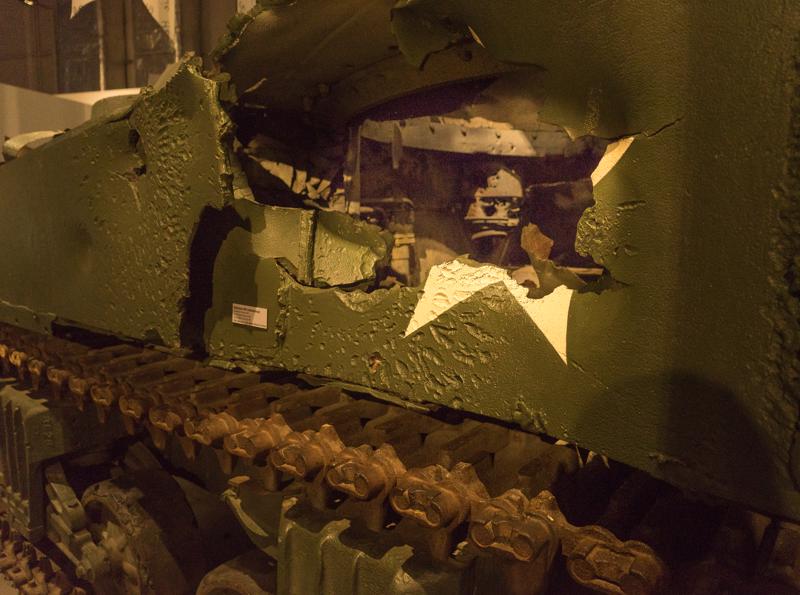
The unveiling was attended by a large number of veterans who fought there during those desperate times. It is not even possible to imagine how they felt standing atop a Memorial built in their honor, staring out over the fields where they fought so desperately for freedom in this country and theirs.
After the Museum we headed to the countryside to look for more “Band of Brothers” locations. We easily found the small memorial that is erected on the side of the road in the area where the biggest battles were fought. It lists the name of those from Easy Company who died in this location.
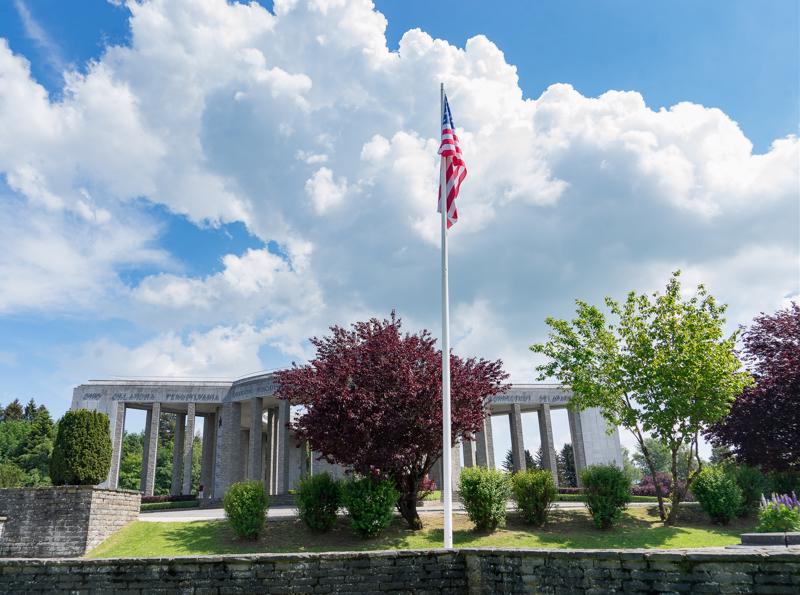
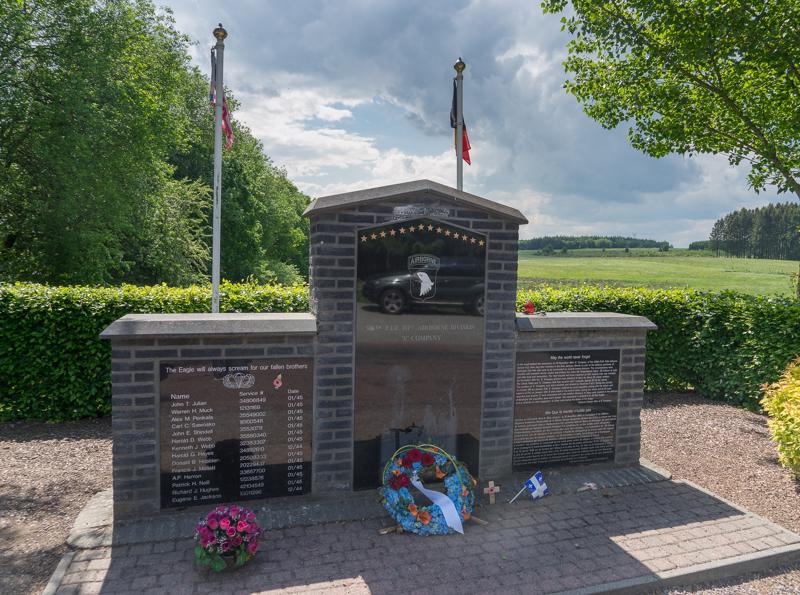
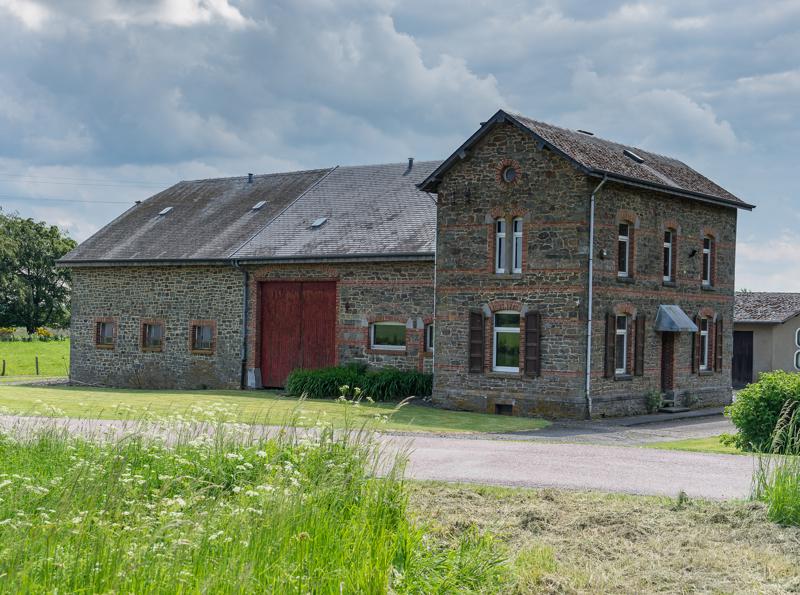
The farmhouse that they took shelter in during the battle s still stands on the side of the road bearing bullet holes from that bloody fight.
Not so easy to find are the many foxholes that still exist in the Bois Jacques forest. The trees have been replanted since the area was leveled 75 years ago but we didn’t have to hike far to start finding evidence of the violence. There was an area covered with brick, wood and tile buried in the mud. It is apparent that a farmhouse had been blown into pieces no larger than a softball. A short way further into the forest we saw our first foxhole. Picturing our young men in uniform taking shelter in these shallow defenses made it a solemn find.
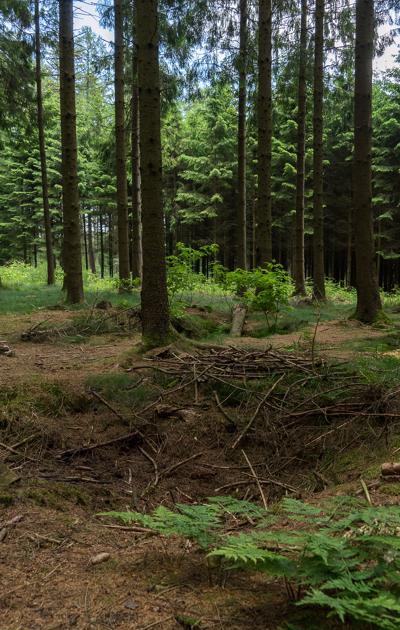
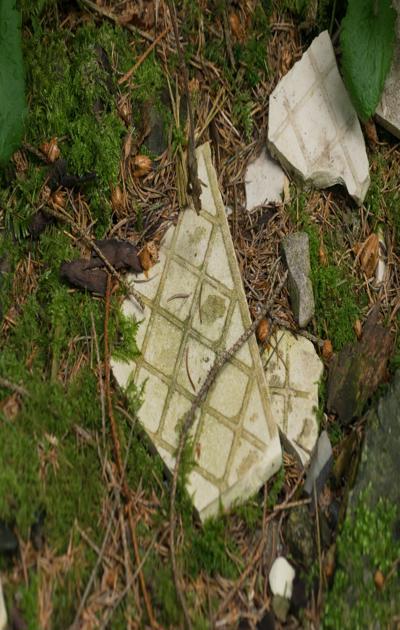
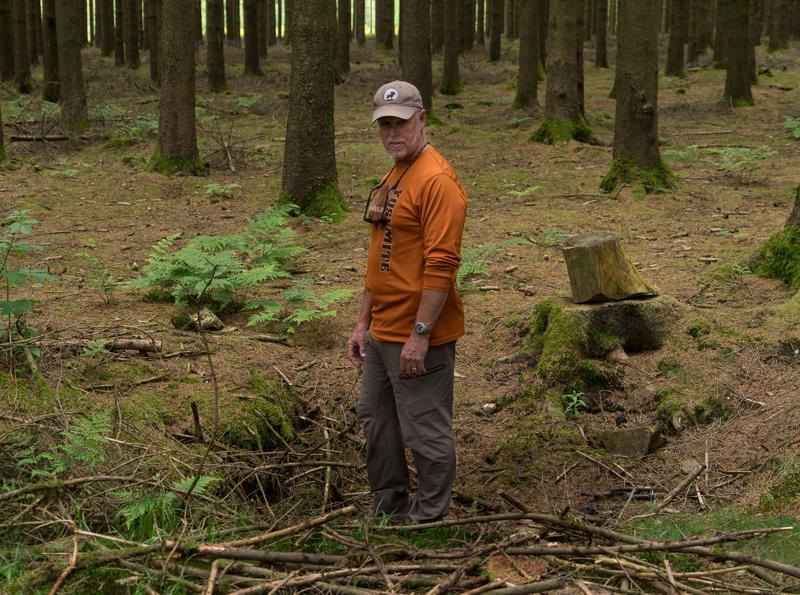

In the beautiful light filtering through the green trees and listening to the songs of so many birds made us realize how different it must have been for those brave young men. After our walk in the woods we decided we needed a beer. What better place than a bar at the intersection where General McCullough's response to the Germans when asked if the US wanted to surrender was "Nuts!!!" So Le Nuts Bar it was. Photos of the intersection then and now are very chilling.
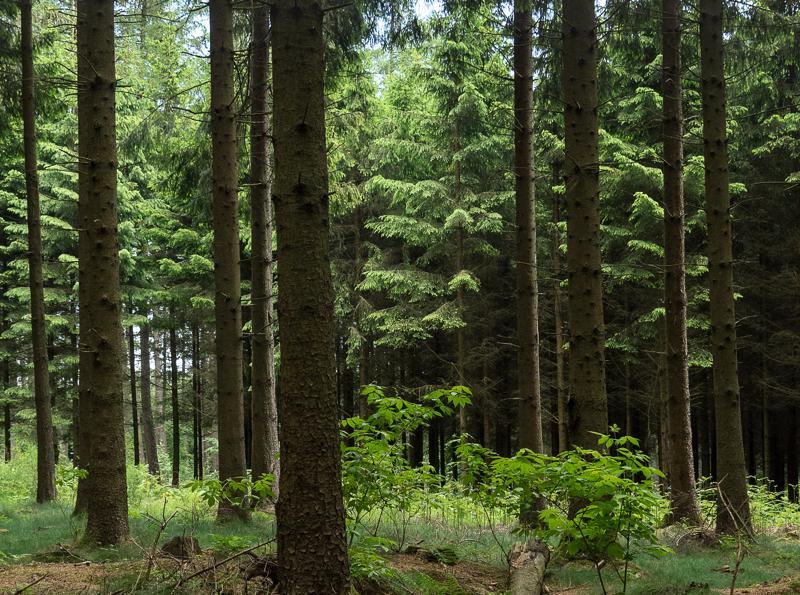

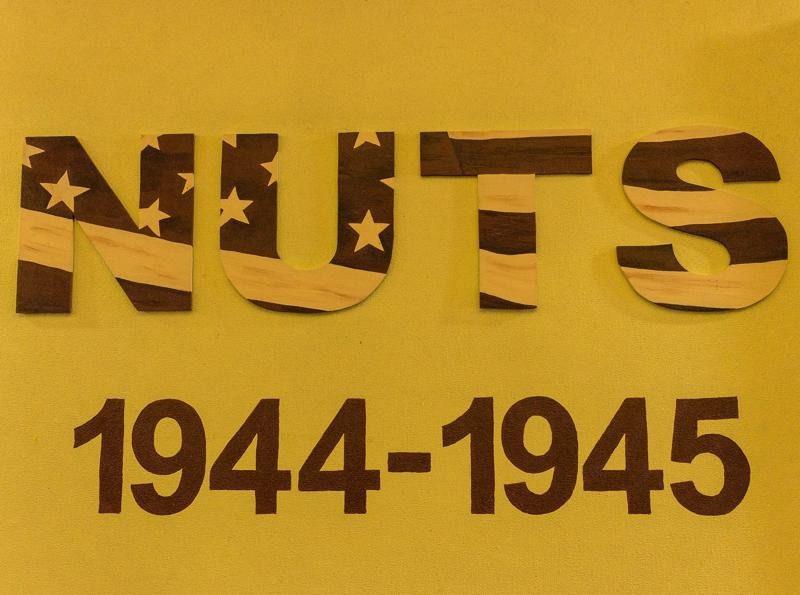
After a long and emotionally draining day we headed to our nearby B & B for the night. Our host was wonderful and has a lot of knowledge of the history in the area with family members who lived through it. He told us stories of a plane crashing on an adjacent hillside with an engine landing behind the house across the street and part of the fuselage landing in the field behind a house 200 yards away killing a man and 3 goats. Those are the real stores of WWII. Tomorrow we head up to The Netherlands but will stop at the American Cemetery in Ardennes, and Liege before spending Memorial Day in Margraten.
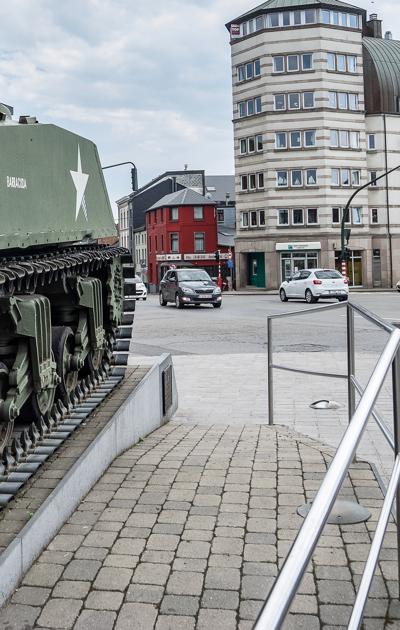
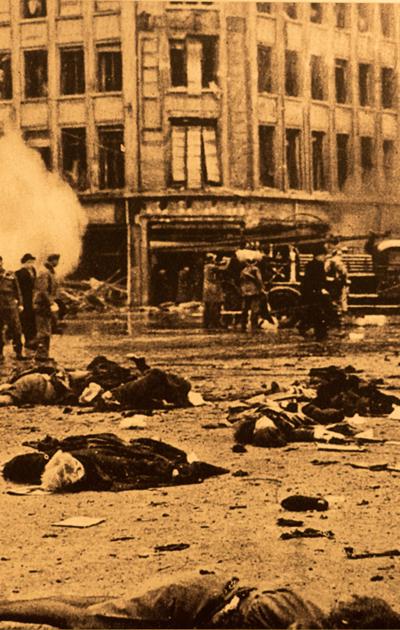
Today we headed out early with the intention of spending some time sightseeing in Liege before making our way to Maaschricht in The Netherlands, our next stop over. After planning our route we found out with our last minute research that Uncle Mort and his crew flew a mission on May 30, 1944 from which they nearly didn’t return. They were attacked by at least 30 German fighters as they set up for their bombing run over Dessau, Germany. They immediately lost one engine and the Pilot made an amazing effort to avoid further damage by taking incredible evasive maneuvers with the massive B-17 bomber.
2 crew members bailed out as soon as they lost the first engine leaving the remaining 7 crew to try and fight off the attack. Although we never heard this story from Uncle Mort, he apparently took out one fighter then lost his gun but stayed at his post calling out the position of approaching enemy fighters for the pilot and other gunners. They continued the fight, losing another engine on the same wing and sustaining some damage to a third. It would be a very difficult flight to try and make it back to England. Otherwise they would have to ditch in the English Channel. At some point during the battle the Top Turret Gunner, James Dixon age 22 was killed.
At this point the account gets sketchy. There does not seem to be any written documentation of his death other than the Cemetery Records from the American Cemetery Ardennes in Belgium. If he had made it back to England with the rest of the crew he probably would have been buried in the American Cemetery in Cambridge that we visited earlier in the trip. The documentation does say that the crew desperately jettisoned weight in attempt to lighten the bomber so it could return to England. We can only assume that the crew made the difficult decision to let Staff Sergeant Dixon go to save the surviving crew members.
On our way to Leige we wanted to stop and pay our respects to Staff Sergeant Dixon. We were in for a bit of a surprise. When we arrived at the Cemetery there were a huge number of cars parked on the street for a very long way. We had no idea what was going on so we drove down the Cemetery drive way and were directed to nearby parking. Well, apparently all of the American Cemeteries in Europe are holding Memorial Day Ceremonies this weekend. We just lucked into this one. Our timing was accidentally perfect and we got to witness the entire ceremony. We later visited James Dixon's grave as initially intended. As a result we skipped Liege.
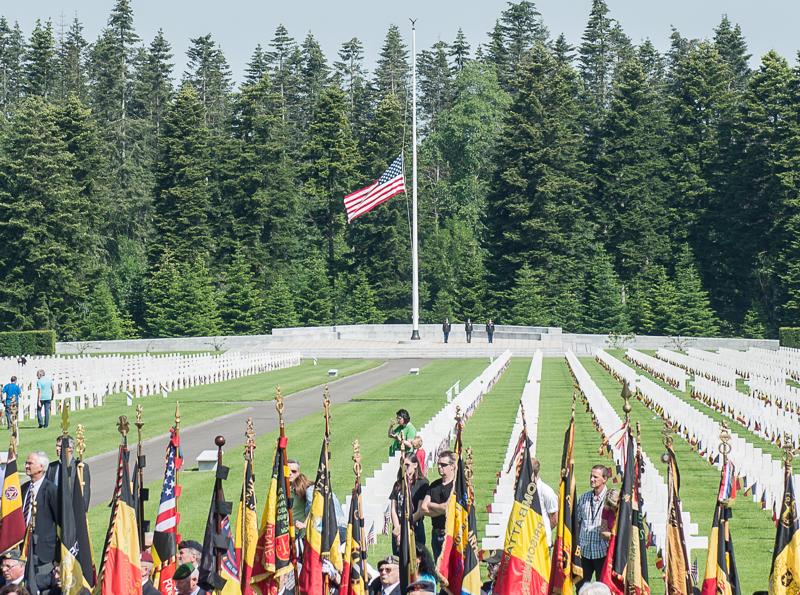
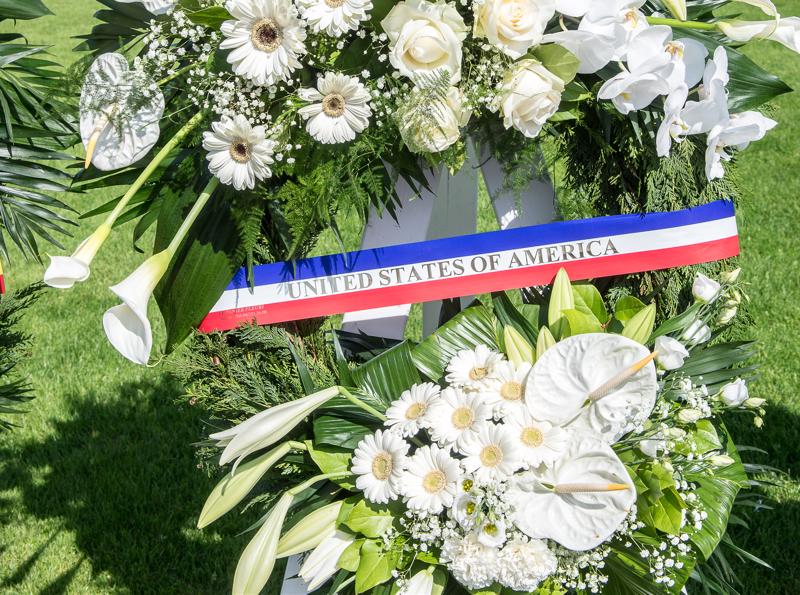
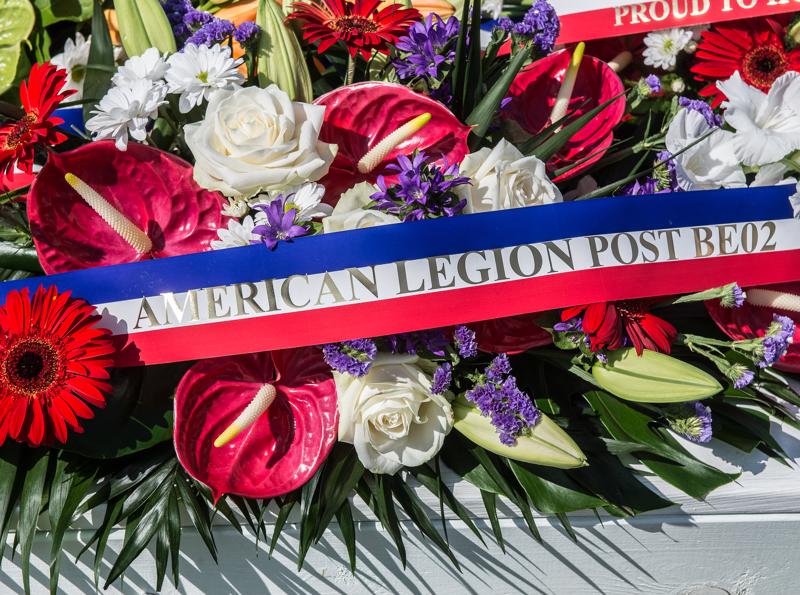
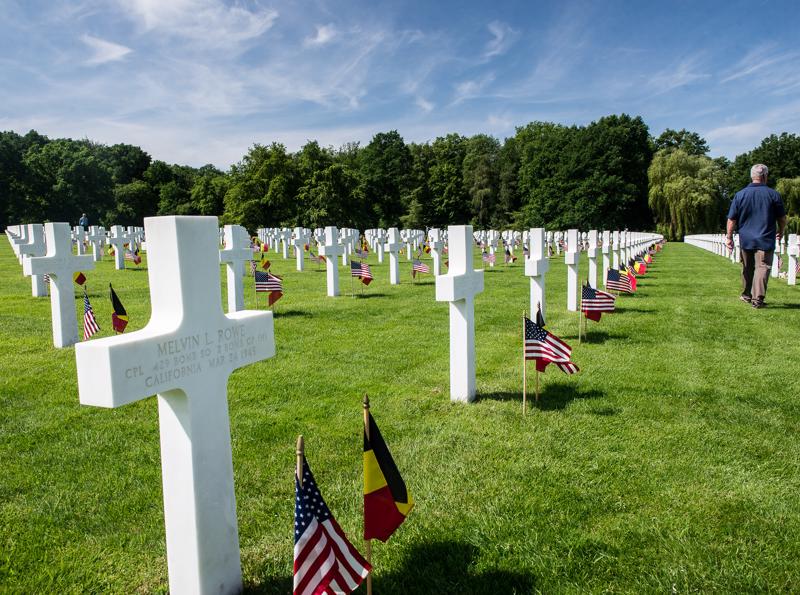
We decided that what we had witnessed was far more important than another Cathedral etc.
Next stop was in Maaschricht, Netherlands. We wanted to see some of this ancient town on our own. Tomorrow we will have our own personal guide and an even more touching experience as we will participate in a larger Memorial Service at the Netherlands American Cemetery in Margraten. For now we settled for a tour of some underground tunnels that were originally from more than 1000 years ago and were used to mine limestone.
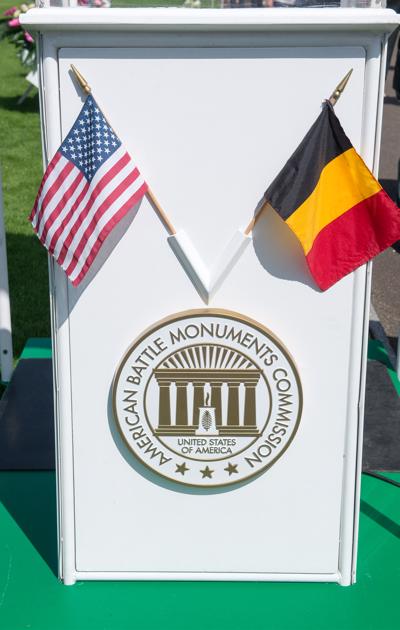
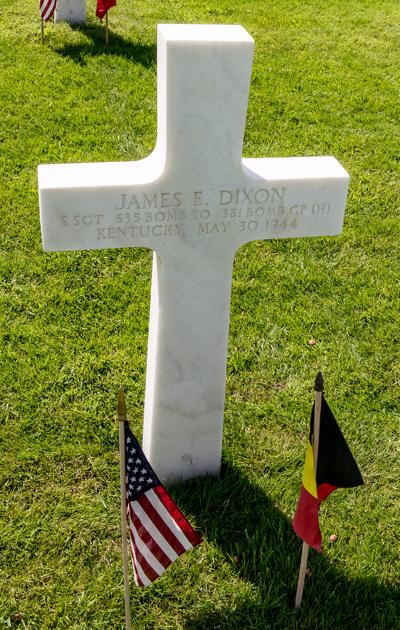
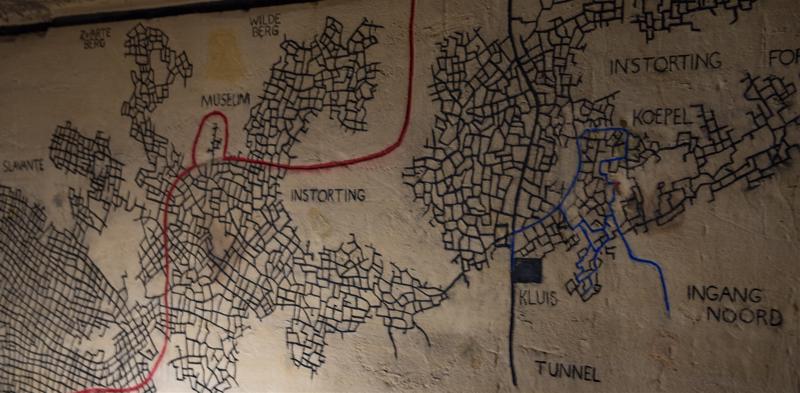
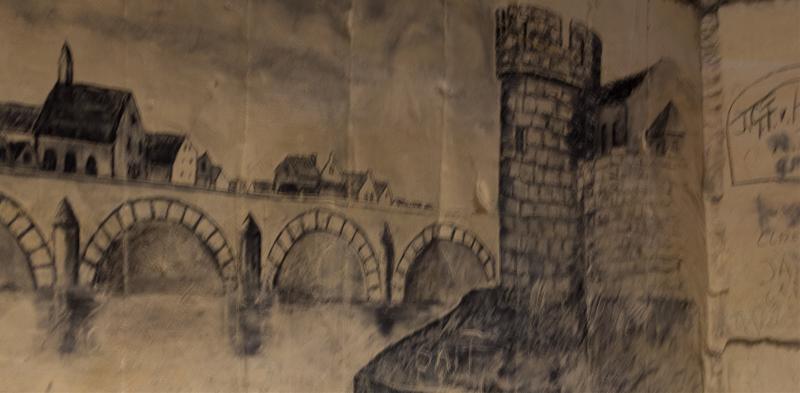
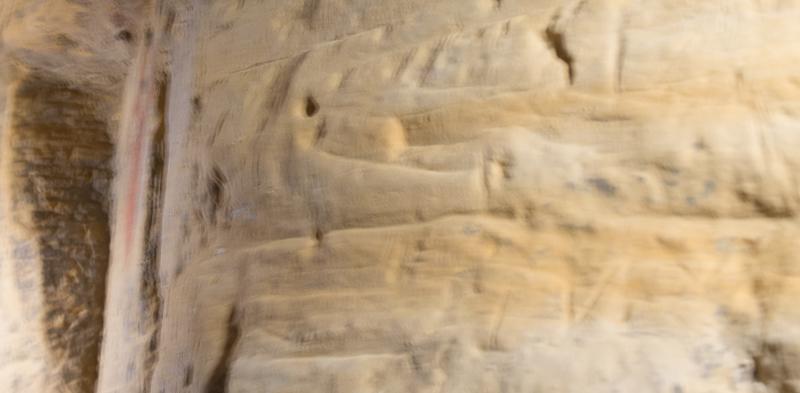
The tunnel network is extensive going more than 10 km in one direction, totaling enough length to reach Amsterdam from here. There are even horizontal ridges in the walls, nearly above our head that were from the wheels of horse drawn Roman carts as they turned the corners. The tunnels have deepened over time causing these marks to be high up on the walls. People also took shelter there during the French occupation in the 1700’s and again during WWII. It was a very interesting and enjoyable tour. At the end we stopped to talk about the bats that inhabit these tunnels at night, well I guess one got sleepy early because he was flying around us as we were leaving.
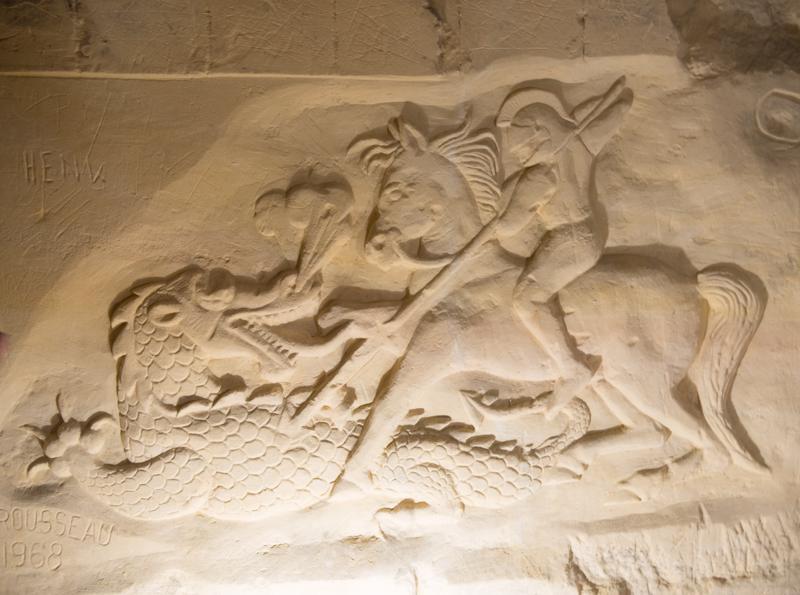
They have excellent radar fortunately so there were no collisions in the process.
We are looking forward to tomorrow and are headed to bed soon. As a side note, although I have no photographic evidence we saw a group of 4 bears on our way to the Cemetery. It appeared to be a Mama and triplet teenagers foraging as we passed through one of the many Parc Nationals that they have here. Unfortunately we were on a 120 km/hr road so they went by really quickly. They are apparently European Brown Bears not to be confused with the Grizzly/Brown bears in the US, big enough at 200+ kilos but not that big. On that note….Love to all….Good Night.
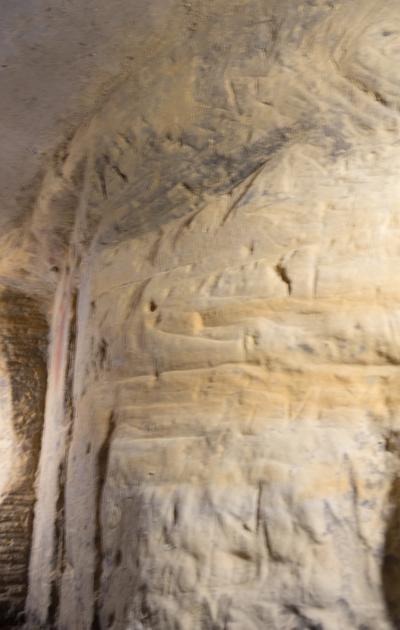
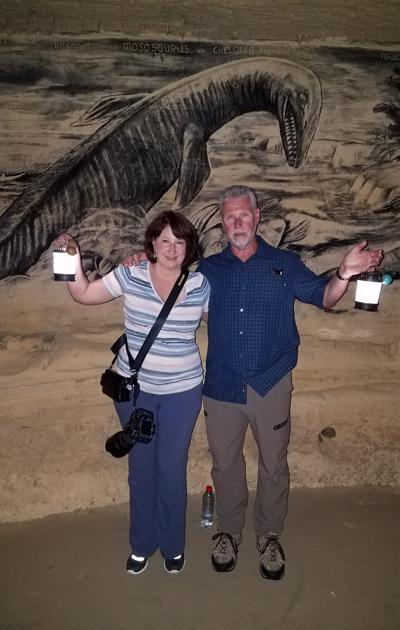
1.
Planning and Prepping
2.
The Longest Day
3.
In the Footsteps of Heros
4.
Following the Flyboys
5.
“We are time's subjects, and time bids be gone.”
6.
Incredible Antiquities
7.
White Cliffs and Cathedrals
8.
Our Introduction to France
9.
Imagine How They Felt!!!!
10.
Show of Appreciation
11.
Tour of Belgium
12.
Birthday French Style
13.
A Walk Through History
14.
Land of Ice.....and Green
15.
The Mystery of Iceland
16.
Iceland Extra
17.
Winding Down
18.
What We Learned
Share your travel adventures like this!
Create your own travel blog in one step
Share with friends and family to follow your journey
Easy set up, no technical knowledge needed and unlimited storage!
© 2025 Travel Diaries. All rights reserved.